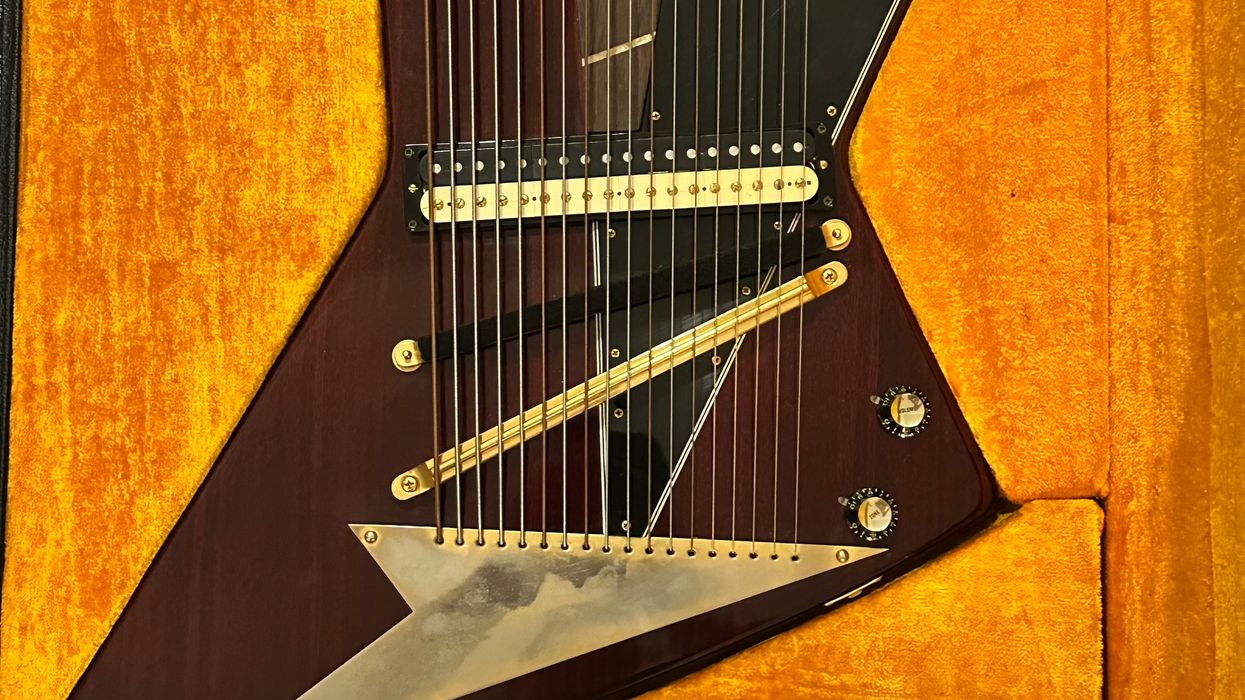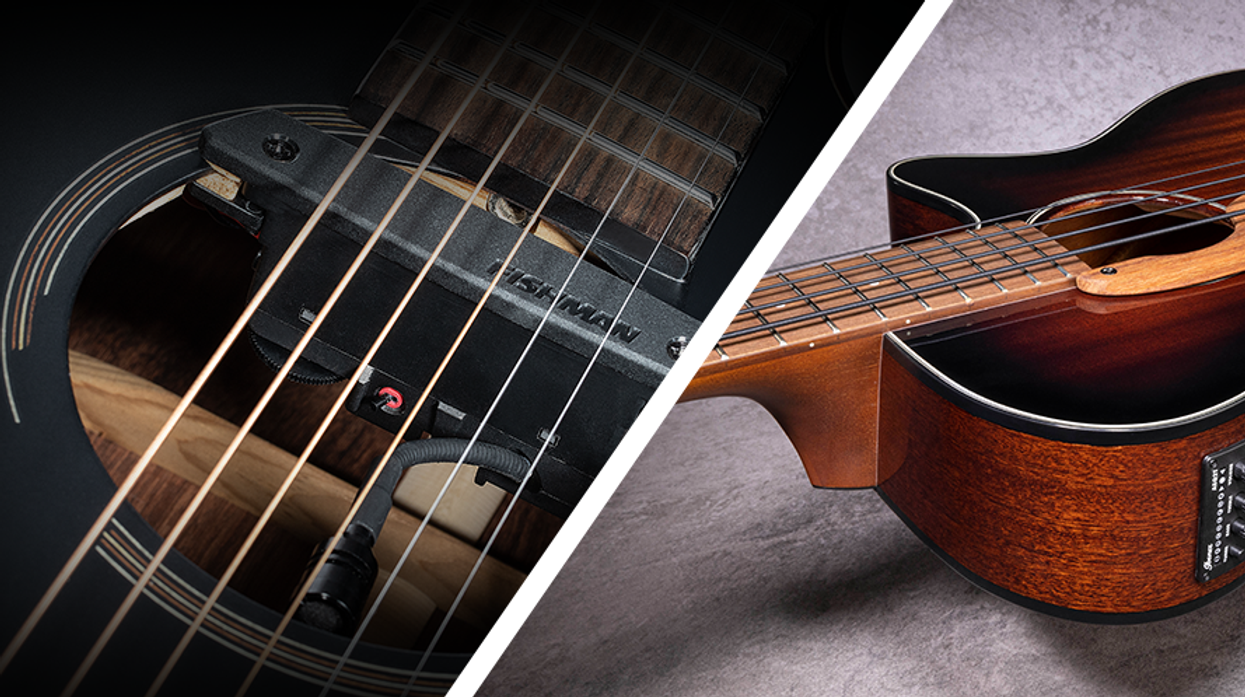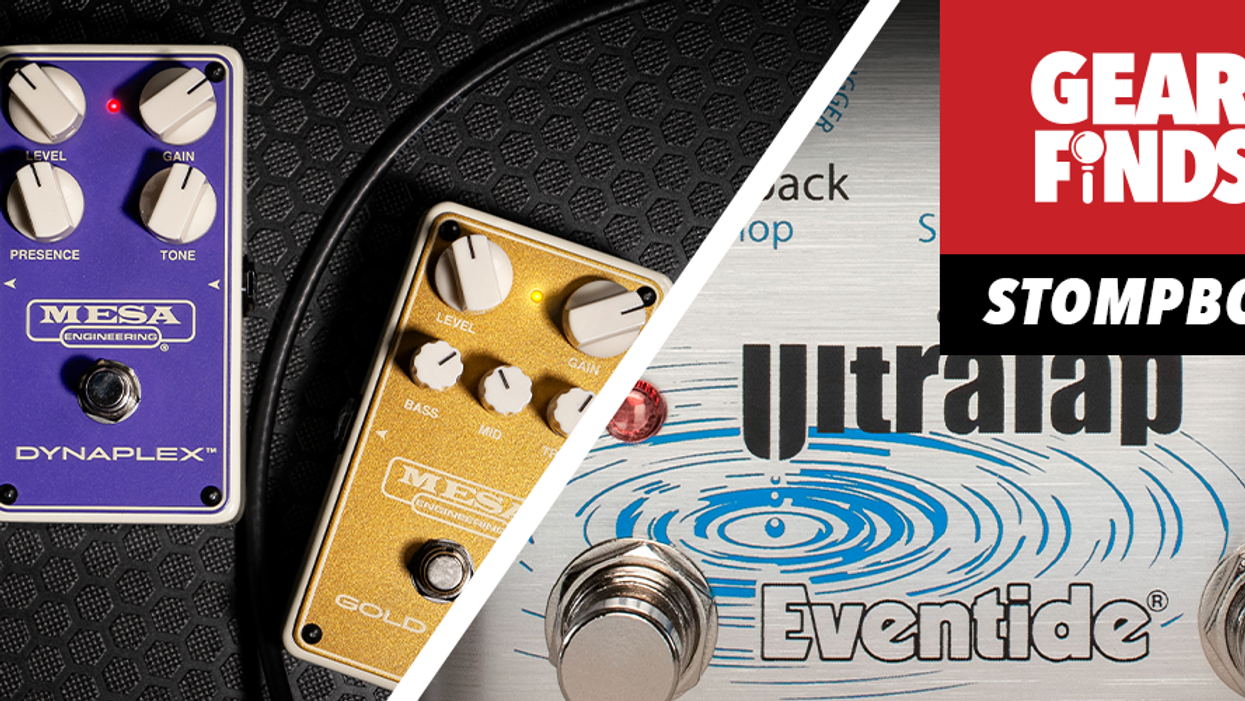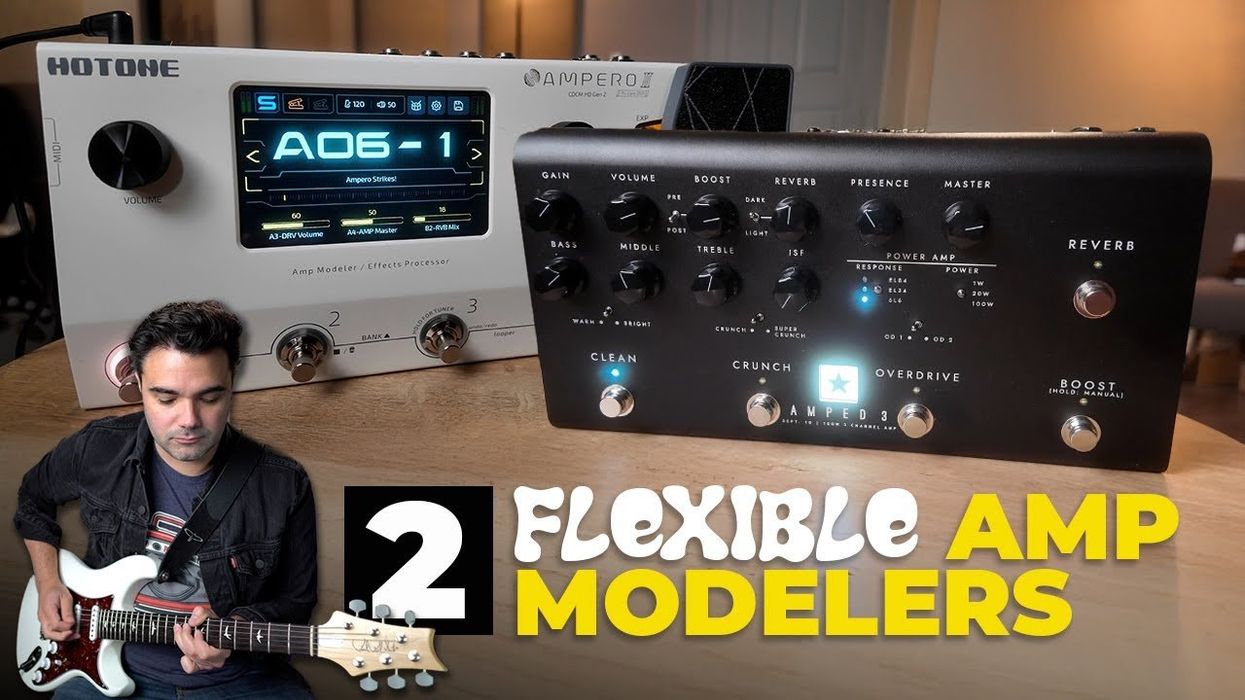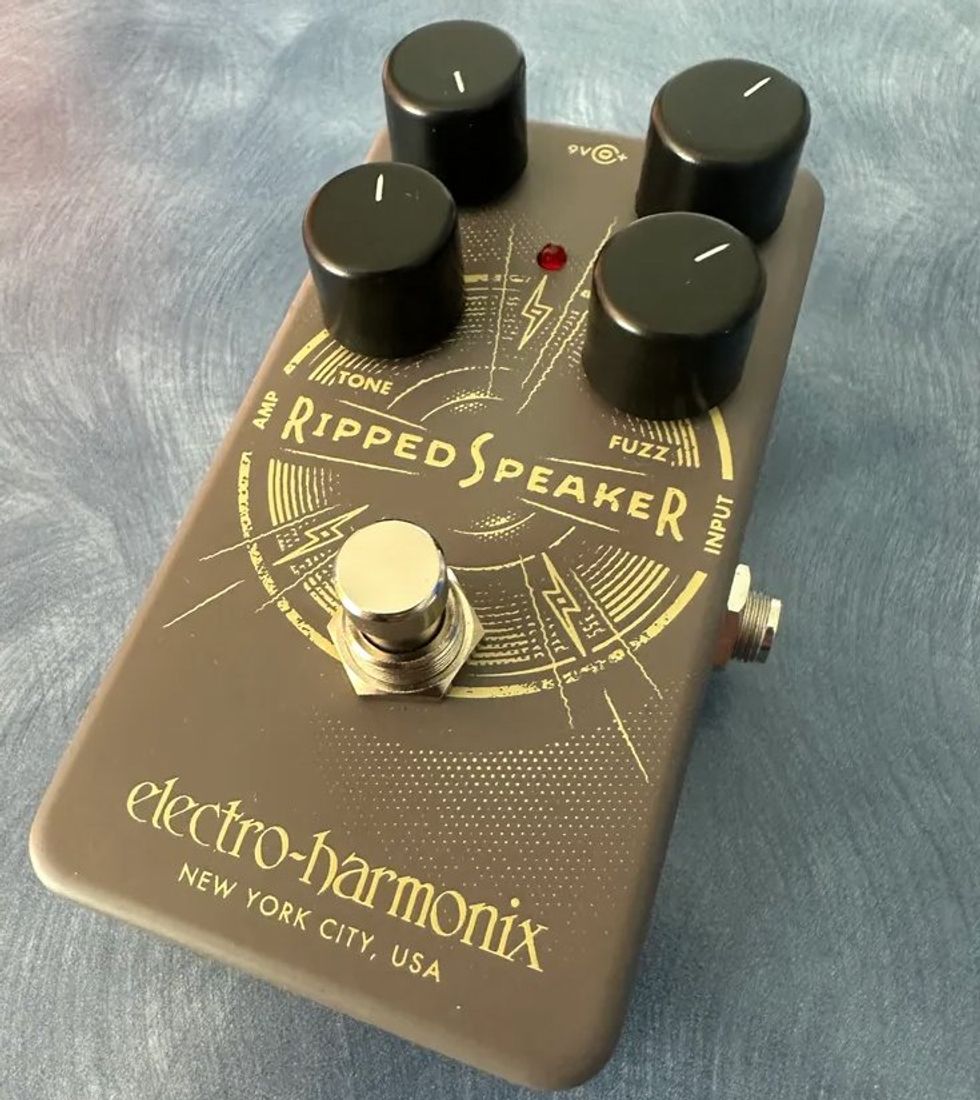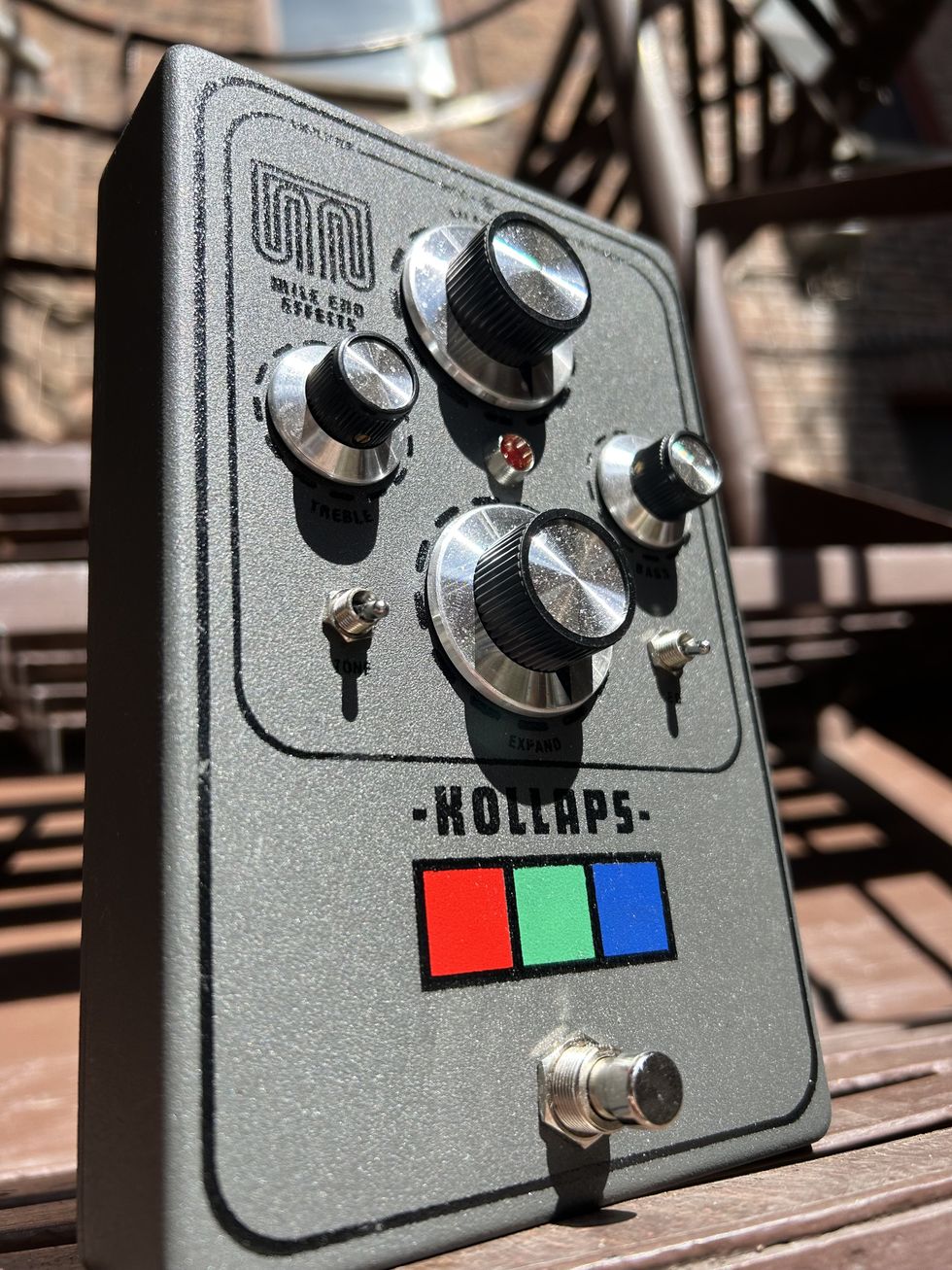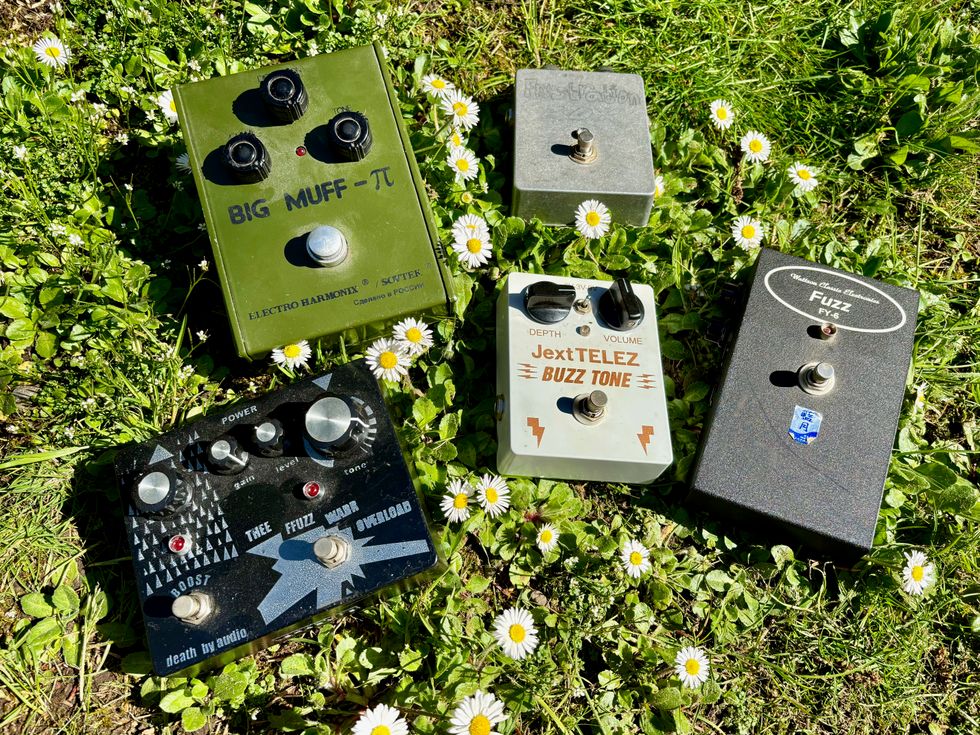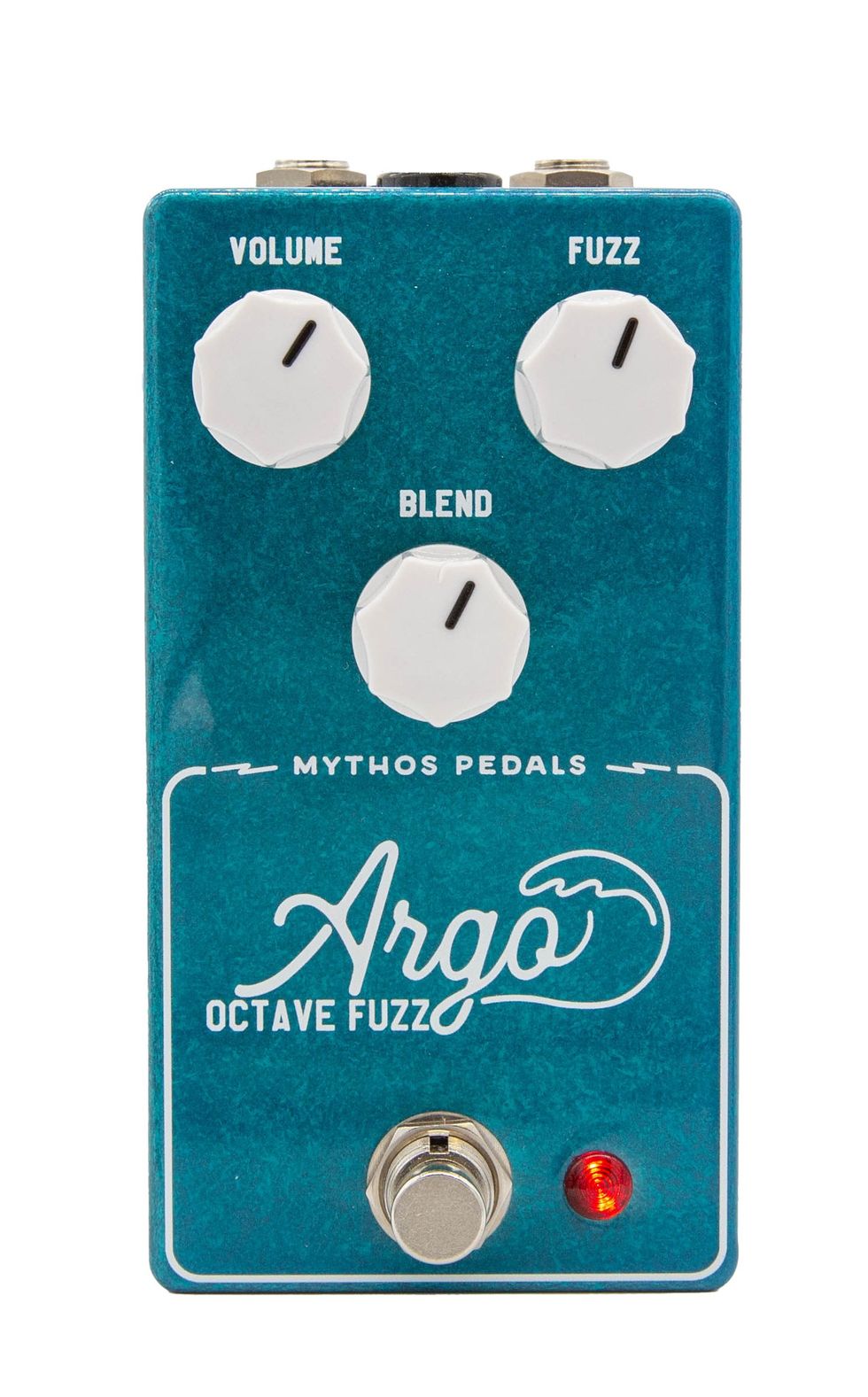Cumberland, RI (April 18, 2019) --HeadRush, the recognized innovator of next-generation guitar products, today announced the immediate availability of their newest product, the HeadRush Looperboard. Built with the goal of enabling artists to take the art of looping live audio to the next level, Looperboard utilizes a powerful quad-core DSP system that has been tailor-made from the ground up, combined with a smart 7” touch interface, a generous set of audio inputs and outputs with premium circuitry. It boasts fully customizable routing, a massive amount of internal storage, a suite of useful built-in effects, an integrated backing track player and an integrated USB audio interface — all housed in a tour-ready steel chassis.
7” High Resolution Touch Display
A well-refined smart user interface provides all of the dynamic feedback users need to stay focused
on creating and building their loop. Musicians can touch, swipe and drag-and-drop to quickly edit
loops or customize the HeadRush Looperboard to work best for their personal style.
Customizable Workflow
Each loop contains 4 mono or stereo looper tracks and can be run in any of 5 track modes (Fixed,
Serial, Sync, Serial/Sync and Free), so that the HeadRush Looperboard can quickly and easily be
customized to accommodate any looping musician’s existing workflow.
Extensive Loop Control
The 12 built-in footswitches enable artists to quickly create and transform their loops and feature
individual RGB LEDs that dynamically update to provide useful feedback. Using these 12
footswitches, musicians can instantly record, overdub, reverse, transpose, bounce, undo/redo, peel,
fade, and clear individual looper tracks all on-the-fly. Users can also instantly reverse, fade, multiply or
divide length and speed for their whole loop at once.
Premium Built-in FX; Intelligent Time-Stretch
The HeadRush Looperboard features a versatile suite of built-in effects for guitars, vocals, percussion
that can be applied directly to inputs or looper tracks. Users can also add additional excitement to
their solo performance or stay in sync with other musicians by using the built-in intelligent time-stretch
feature. This enables them to tap a footswitch to instantly change the tempo of their loop, while
retaining pitch, without audio quality loss or glitchy pops and clicks.
Over 8 Hours of Recording Time; Advanced Import/Export Functions The HeadRush Looperboard features over 8 hours of internal recording time, with additional storage available via its rear SD and (2) USB-A drive inputs, or by directly connecting to a Mac or PC via the USB-B connection. Users can also use these same methods to import existing audio from other sources to a looper track. To make it quick and easy to get started right away, Looperboard includes a generous 300 drum and percussion loops available directly on its internal storage.
Packed with Premium Audio I/O
The HeadRush Looperboard features premium audio circuitry, specially designed to capture the
performance exactly as intended, without distortion or unwanted signal coloration. Its inputs and
outputs include:
Additionally, users can also customize their audio routing via touch, delivering the ultimate flexibility for quick setup in any performance situation.
Sync with External MIDI Gear
The HeadRush Looperboard can receive MIDI time code via its 5-PIN MIDI IN and OUT/THRU
connections for syncing with external drum machines, effects, recording setups and other MIDI-enabled
devices.
Record Direct via USB
The HeadRush Looperboard also includes a special HeadRush edition of Pro Tools | First, and its
integrated USB audio interface enables users to directly record at 24-Bit (up to 96kHz) to a Mac or PC
computer and share their looping performance with the world.
“The HeadRush Looperboard is loaded with an unprecedented amount of extremely smart and
powerful features that take its capabilities well beyond any other previous looper pedal ever available
to musicians.” said product manager Walter Skorupski, “We’re incredibly excited to empower looping
musicians and we can’t wait to hear what they create!”
Looperboard is available immediately and ships with a U.S. retail price is $899
Watch the company's video demo:
For more information:
Headrush



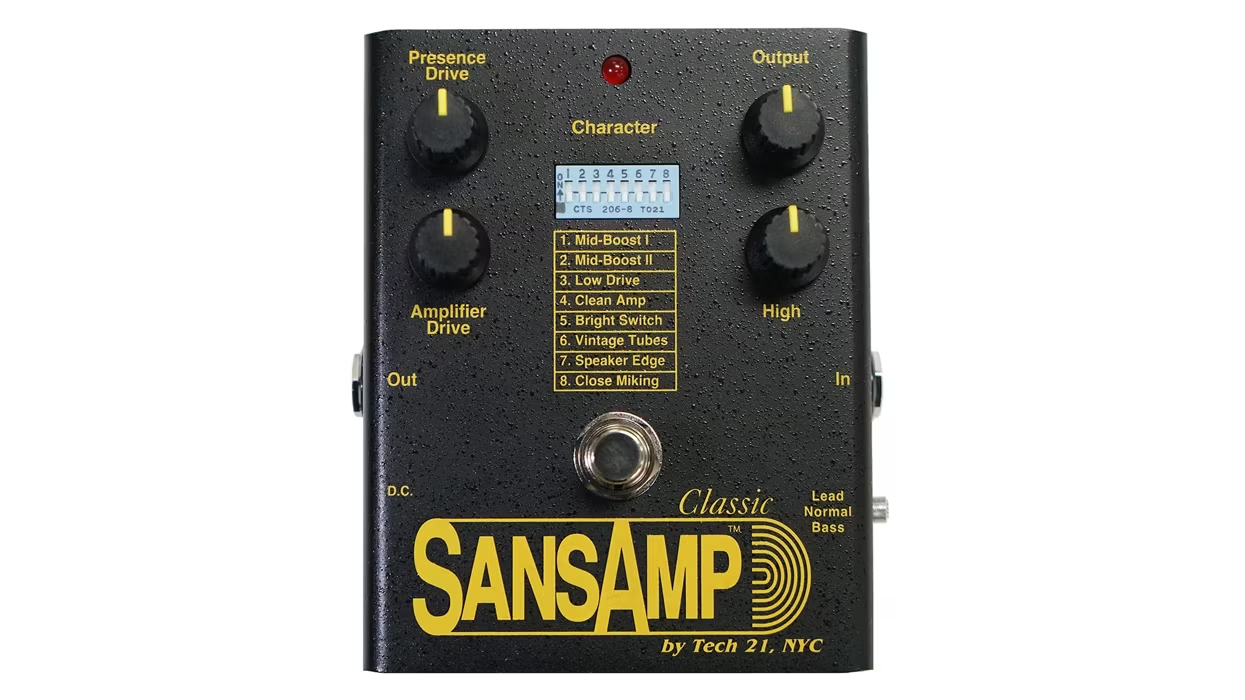

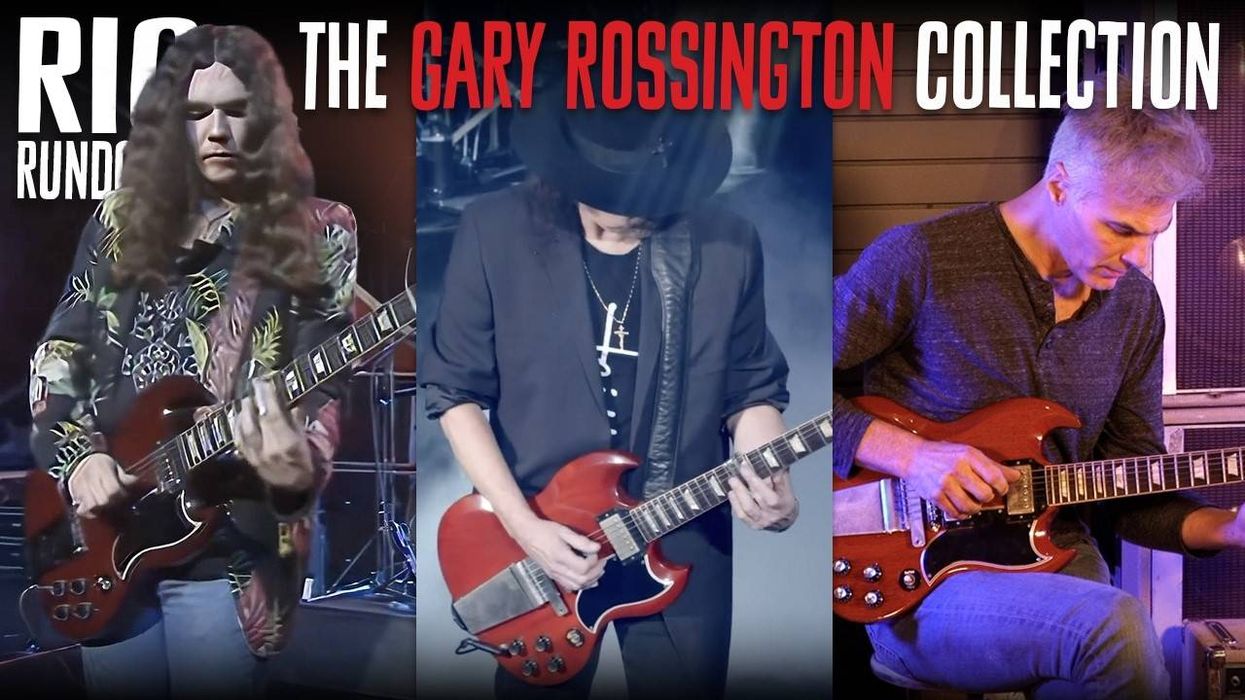


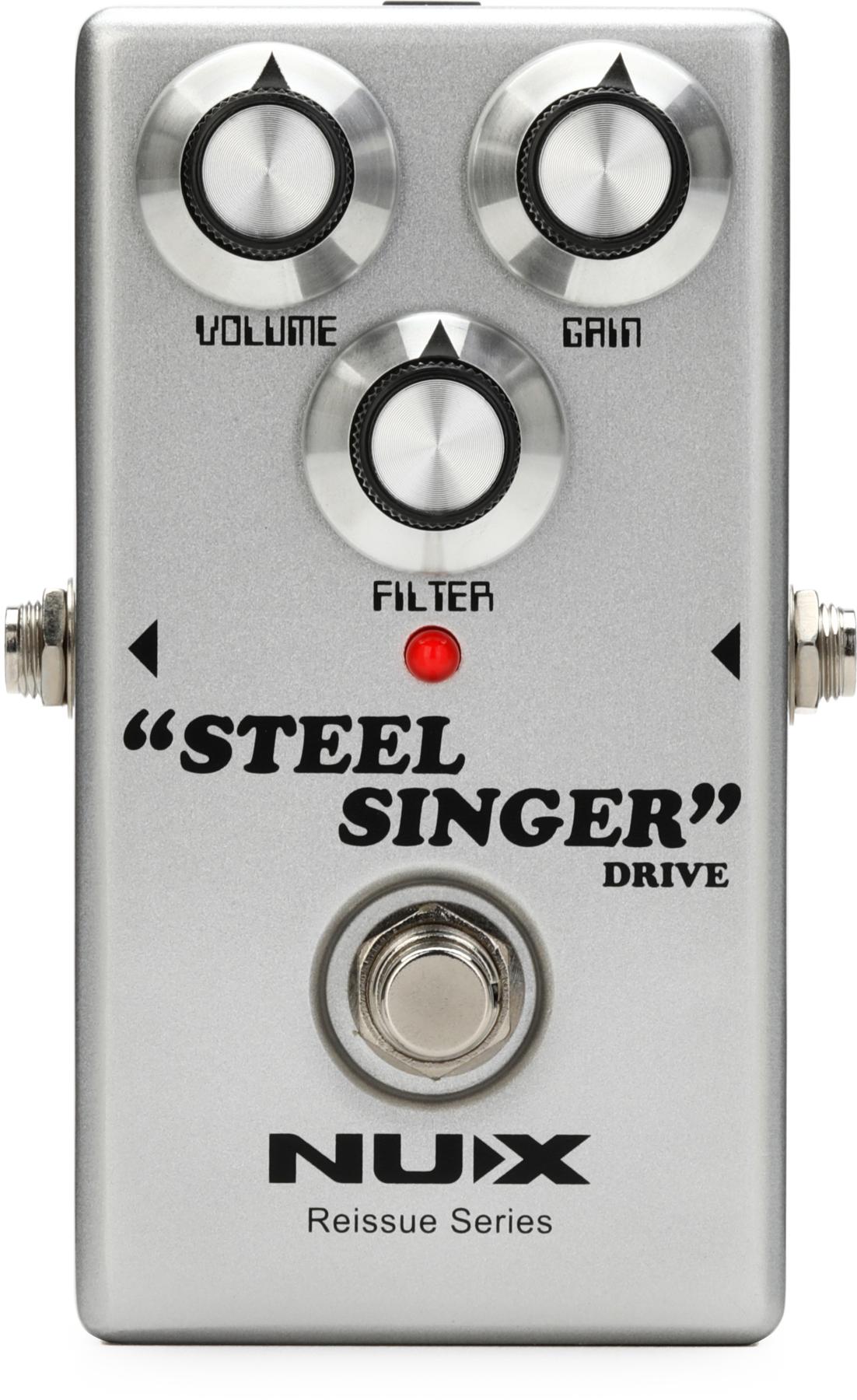
![Rig Rundown: Russian Circles’ Mike Sullivan [2025]](https://www.premierguitar.com/media-library/youtube.jpg?id=62303631&width=1245&height=700&quality=70&coordinates=0%2C0%2C0%2C0)

